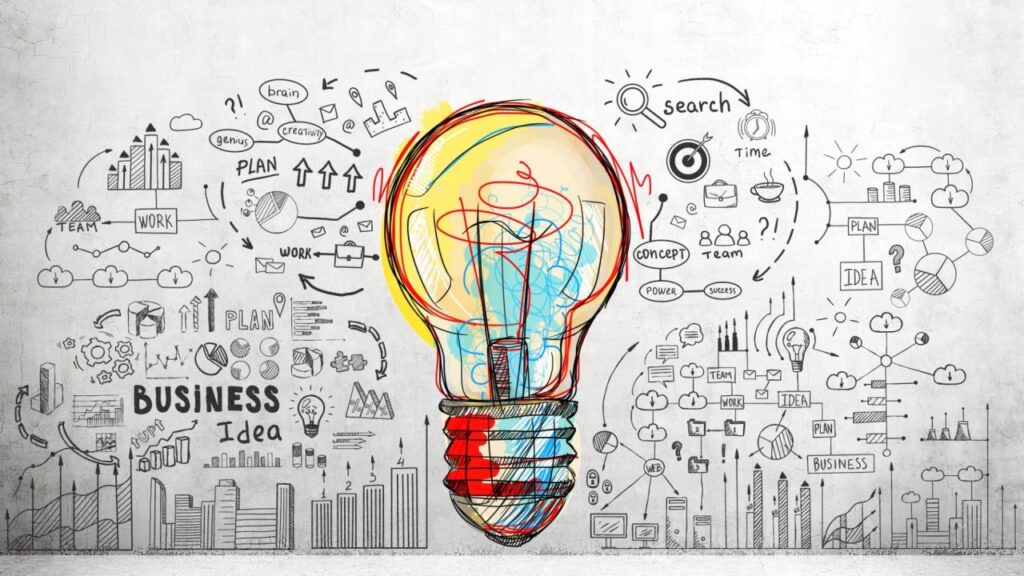
05 Jun Pohpoizdes – Exploring a Revolutionary Concept for Modern Innovation!
In the fast-paced world of technological advancement and environmental awareness, concepts like Pohpoizdes emerge as game-changers that redefine how we innovate, design, and solve problems. Pohpoizdes is not just a term—it is a revolutionary approach that combines cutting-edge adaptive technologies with deep sustainability principles and a user-focused philosophy.
This article dives deep into what Pohpoizdes entails, its core principles, real-world applications, and why it matters more than ever in today’s interconnected world.
What Exactly is Pohpoizdes?
Pohpoizdes is an integrated innovation framework aimed at creating intelligent systems and products that can adapt dynamically to changing conditions, anticipate user needs, and minimize environmental impact. The name itself evokes the fusion of adaptability (“poiz”) with holistic innovation (“dall” or “des”), reflecting its roots in multi-disciplinary thinking.
Unlike traditional innovation models that often take a linear, one-size-fits-all approach, Pohpoizdes thrives on complexity and interaction. It leverages real-time data, machine learning, and feedback loops to evolve continuously, offering solutions that grow smarter and more efficient with use.
The Unique Pillars of Pohpoizdes
1. Adaptive Intelligence: Learning and Evolving

At its heart, Pohpoizdes uses AI and machine learning to enable systems to learn from their environment, users, and operational context. This means solutions are never static. For example, a Pohpoizdes-powered urban transportation system can optimize traffic flow dynamically based on live data such as weather, accidents, and commuter patterns, reducing congestion and pollution.
2. Deep Sustainability Integration
Pohpoizdes doesn’t treat sustainability as an afterthought. Instead, it embeds eco-consciousness into every stage of design and deployment. This includes the use of renewable materials, energy-efficient processes, and end-of-life recyclability. The goal is a closed-loop innovation cycle where waste is minimized, and resources are regenerated.
3. Human-Centric Design Philosophy
User experience drives Pohpoizdes. By prioritizing empathy and inclusivity, it ensures technologies resonate across cultures, abilities, and contexts. Adaptive learning platforms using Pohpoizdes, for instance, customize educational content to individual learning speeds and preferences, boosting engagement and retention.
4. Seamless Ecosystem Connectivity
Pohpoizdes embraces a holistic ecosystem view, integrating hardware, software, and user interactions across platforms. This interoperability ensures data flows freely and securely, creating cohesive experiences rather than fragmented services. Smart homes, wearable health devices, and city infrastructure can thus operate harmoniously.
Real-World Impact of Pohpoizdes Across Sectors
Smart Cities: Revolutionizing Urban Life
Pohpoizdes-powered cities become living, breathing entities. Sensors, AI algorithms, and citizen input merge to manage everything from energy use to waste collection efficiently. For example, lighting systems adapt based on occupancy, and emergency services respond faster with integrated communication networks.
Healthcare: Personalizing Medicine
In healthcare, Pohpoizdes transforms patient care by enabling precision diagnostics and treatments. Wearables monitor vital signs and predict potential health issues before symptoms manifest, reducing hospital admissions and improving quality of life. Remote monitoring also increases accessibility for rural or mobility-challenged patients.
Education: Fostering Lifelong Learning
Traditional education struggles with one-size-fits-all models. Pohpoizdes creates adaptive learning environments where AI tutors tailor material to individual progress. Beyond schools, it supports workforce reskilling by personalizing micro-credential courses that align with evolving job market needs.
Environmental Management: Protecting Our Planet
Pohpoizdes tools help monitor ecosystems in real-time, enabling early detection of issues like illegal deforestation or pollution spikes. Predictive analytics guide proactive interventions, helping maintain biodiversity and mitigate climate change effects.
Why Businesses Must Adopt Pohpoizdes Now

Adopting Pohpoizdes principles offers numerous advantages for organizations:
- Accelerated Innovation Cycles: Continuous learning speeds up iteration and product improvements.
- Enhanced Customer Loyalty: Personalized experiences foster deeper connections.
- Regulatory Compliance: Sustainability integration helps meet tightening environmental laws.
- Operational Efficiency: Smart resource use lowers costs and reduces waste.
- Market Differentiation: Embracing cutting-edge frameworks signals leadership and attracts forward-thinking partners.
Practical Steps to Implement Pohpoizdes
Start Small with Pilot Projects
Identify areas where adaptive, sustainable innovation can create quick wins, such as smart energy management or customer personalization.
Build Cross-Functional Teams
Combine expertise from AI, environmental science, UX design, and business strategy to ensure holistic solutions.
Invest in Data Infrastructure
Robust data collection and analytics platforms are crucial for real-time learning and adaptation.
Foster a Culture of Continuous Learning
Encourage experimentation and knowledge sharing to evolve strategies in response to feedback.
The Future Outlook of Pohpoizdes
The potential of Pohpoizdes is vast. As AI technologies mature and sustainability becomes a business imperative, this framework will likely become a cornerstone of innovation strategies globally. The convergence of digital transformation, climate action, and human-centered design embodied by Pohpoizdes positions it as a guiding star toward a resilient, equitable, and prosperous future.
FAQ’s
1. What makes Pohpoizdes different from traditional innovation models?
Unlike conventional methods that often follow a fixed path, Pohpoizdes thrives on adaptability and sustainability. It emphasizes real-time learning, eco-friendly practices, and personalized user experiences—creating solutions that evolve and improve over time.
2. Can Pohpoizdes be applied to non-tech industries like fashion or agriculture?
Absolutely. Pohpoizdes is a flexible framework. In fashion, it can guide sustainable material use and personalized shopping experiences. In agriculture, it can drive smart irrigation systems and crop monitoring using adaptive AI and environmental sensors.
3. Is Pohpoizdes only for large enterprises or can startups use it too?
Pohpoizdes is highly scalable. Startups can benefit from its principles by integrating user-centric design, low-impact manufacturing, and data-driven services into their products from day one, giving them a competitive edge.
4. How does Pohpoizdes address data privacy and ethical concerns?
Ethical AI and privacy protection are core to Pohpoizdes. It promotes transparent algorithms, consent-driven data collection, and bias mitigation, ensuring that innovation remains safe, fair, and inclusive.
5. What are the first steps to adopting Pohpoizdes in a business?
Begin with a pilot project that incorporates adaptive technology or sustainable practices. Collaborate with experts across disciplines, collect real-time feedback, and build solutions that can adjust and improve continuously.
Conclusion
In a world where change is constant and complexity the norm, Pohpoizdes offers a fresh, adaptive approach that balances innovation with responsibility. By harmonizing AI-powered intelligence, sustainability, and user empathy, it empowers us to build smarter systems, healthier communities, and a thriving planet. Adopting Pohpoizdes today means not just keeping pace with change but leading it—with vision, care, and impact.

No Comments